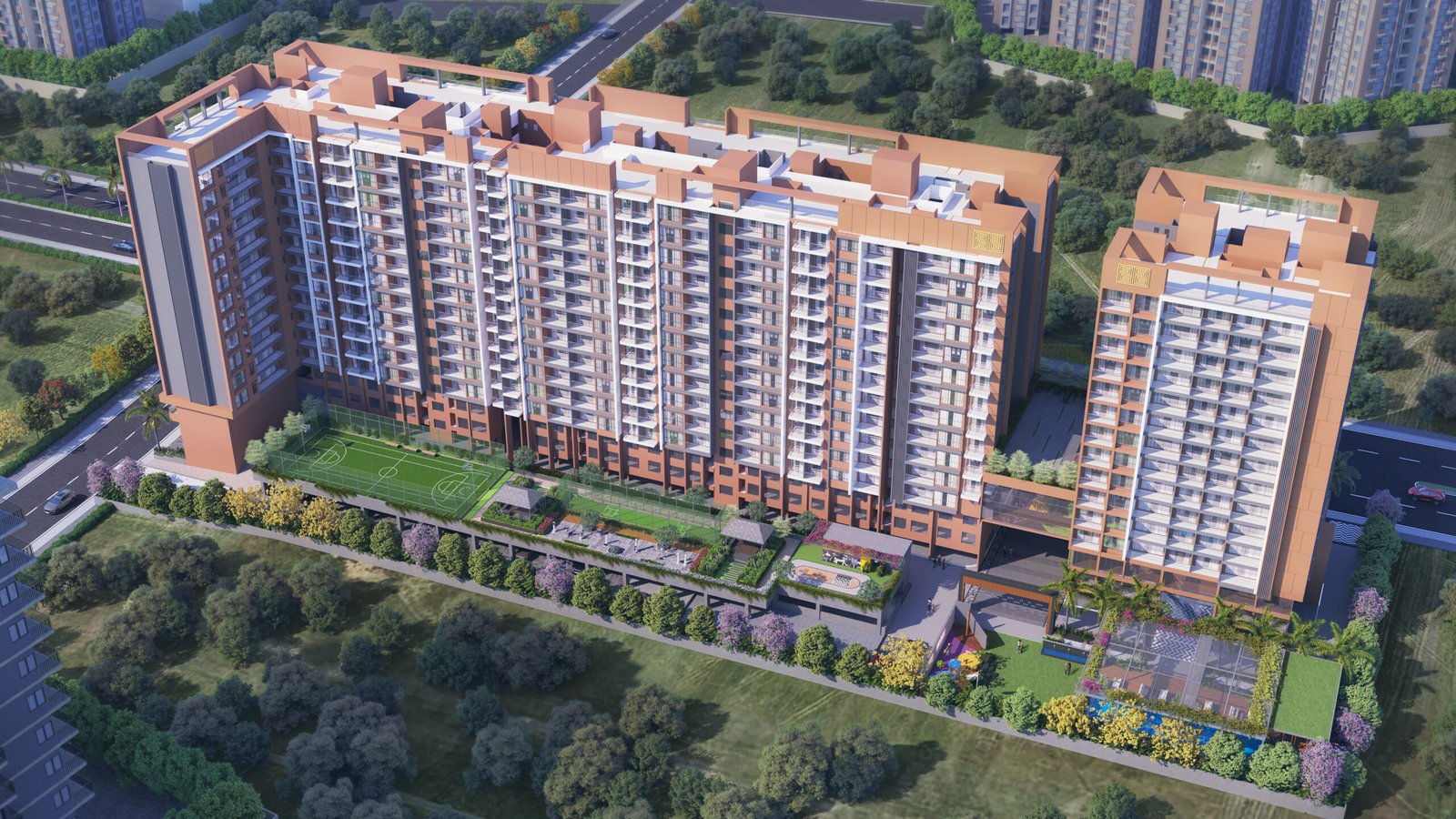Vasant Kate, Chief Managing Director, Yashada Realty Group believes that the concept of ‘home’ has been redefined like never before, and has a new identity as well as new needs.
By Nichola Marie
Do you foresee long-term growth for the real estate sector? What are the factors powering this growth?
The performance of the real estate sector can be influenced by a wide range of factors, including economic conditions, interest rates, government policies, and local market dynamics.
Historically, real estate has been considered a relatively stable and potentially profitable long-term investment, as it tends to appreciate in value over time.

According to industry veterans, in 2023-2024, the property market will see robust growth with renewed interest among NRIs and millennials to invest in real estate. The real estate market of Pune is expected to see a rising graph on both residential and commercial fronts, so much so that it will surpass the average of overall residential sales in the last five years.
Pune is a vibrant and rapidly growing city in India that has become a hub for innovation, technology, and education. Over the last decade, the real estate market in Pune has experienced significant growth, and the next five years promise to be even more exciting
What are some of the trends that are bound to influence the real estate sector in the future?
The real estate sector is constantly evolving, influenced by various economic, social, and technological trends which includes:
Technology Integration: Advancements in technology, including virtual reality and augmented reality, are changing how real estate transactions are conducted. Virtual property tours and digital contracts are becoming more common.
Sustainability and green building: Growing concerns about climate change have led to increased interest in sustainable and energy-efficient building practices.

Remote work and flexible spaces: The pandemic accelerated the acceptance of remote work. This has led to a shift in demand for flexible office spaces, co-working facilities, and homes with dedicated workspaces.
Urbanisation and suburbanisation: Population growth and urbanisation continue to drive demand for housing in cities, but there is also a trend towards suburban living, driven by factors like affordability, space, and remote work.
Smart homes: The integration of smart technology into homes is becoming more common. This includes features like smart security systems and voice-activated assistants.

Aging population: As the population ages, there is a growing demand for senior housing and retirement communities that cater to the needs of older individuals.
Health and wellness: The pandemic has highlighted the importance of health and wellness in the built environment. Features like outdoor spaces, access to nature, and good air quality are becoming more attractive to buyers and tenants.
What are your views on the following trends?
Digital house hunting
The Covid-19 pandemic significantly accelerated the adoption of digital house-hunting trends as physical distancing measures made in-person viewings and meetings less practical. As technology continues to advance, the real estate industry is likely to further embrace digital tools and platforms to provide convenient and immersive experiences for both buyers and sellers.
Rise in price of residential properties
The rise in the price of residential properties is a complex phenomenon influenced by a variety of factors, including economic conditions, supply and demand dynamics, government policies, and local market conditions.
It is important to note that the factors contributing to property price increases can vary significantly by region and over time. While rising property prices can be beneficial for homeowners, they can also pose challenges for individuals looking to enter the housing market, as affordability becomes a concern. Government policies and regulations are often used to try to manage property price growth and ensure housing remains accessible to a broader range of people.
In the current and upcoming year, can we expect to see an increasing number of homes equipped with solar panels, rainwater harvesting systems, and energyefficient appliances? Are developers focusing on using eco-friendly materials in construction to reduce the environmental impact of housing projects?
Eco-friendly homes are built with the environment in mind. They are designed to be environment-friendly, and they use as many renewable resources as possible. An “eco-friendly” home uses energy-efficient appliances and technologies, such as LED lights and energy-efficient heating and cooling systems. Eco-friendly homes are designed to use less energy and resources than traditional homes do. Homes equipped with solar panels, rainwater harvesting systems, and energy-efficient appliances are the current necessities of home buyers.
What are some of the challenges that the sector faces currently and what is the way forward?
High dependency on the physical workforce is one of the main challenges in the real estate industry in 2023 along with a surge in the cost of construction materials. Inflation is a big challenge for almost all industries today.
What is your reading of the demand for property in the Pimpri Chinchwad area?
Investing in real estate development in Pimpri Chinchwad is a wise decision due to its excellent connectivity, education facilities, healthcare services, commercial significance, and urban amenities they offer.
What are some of the positive trends in the office space segment across the top cities?
Wellness is top-of-the-mind in the workplace of 2023-2024. At the bare minimum, wellness requires providing building occupants access to natural light and ways to conduct physical activity within an enclosed space.
Post-Covid-19, how is the growing need for health and fitness centres in housing complexes being fulfilled?

The Covid-19 pandemic changed the course of many things, and the real estate market was no exception. Real estate trends and consumer behaviour for finding a place to live are seeing new demands that were less prevalent prior to the pandemic. Since people spent almost two years indoors, the concept of, ‘home’ has been redefined like never before. It has a new identity now, and some of the new needs are:
• Work-from-home spaces
• First-aid room facility
• Space for everyone
• A holistic approach to living
• Making more room for technology
What are some of the latest trends in terms of architecture and design?
The biggest trend in the architecture industry is environmentally sustainable design, and more specifically and recently, environmentally resilient design. This trend is unique which means that it has no actual visible style, but instead increases the energy performance of buildings, and the lifecycle of the materials used.











